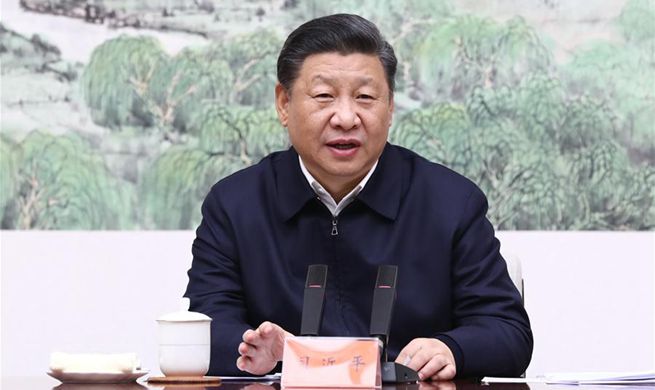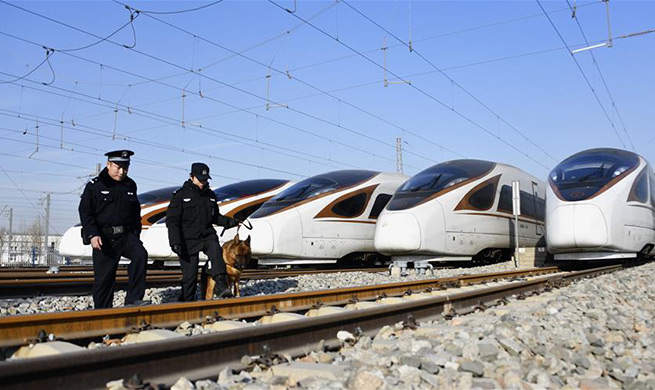by Eric J. Lyman
ROME, Jan. 19 (Xinhua) -- Estimates for how much the Italian economy will grow this year, or if it will grow at all, continue to weaken, as lower industrial production, political uncertainty, and slower exports all take a toll.
In the latest news, the Bank of Italy lowered its expectations for economic growth in 2019 to 0.6 percent, from 1.0 percent previously.
That leaves the Italian government as the only major entity still predicting the country's gross domestic product will grow by at least 1.0 percent this year. Italian government settled on the figure in December, reducing previous estimates of 1.5 percent growth as part of budget deficit negotiations with the European Commission.
The International Monetary Fund, the Organization for Economic Cooperation and Development, Italy's National Statistics Institute, ratings agency Standard & Poor's, and the European Commission have all reduced their prognostications for Italian economic growth to between 0.5 percent and 0.8 percent.
Even with its new, lower 0.6-percent-growth figure, the Bank of Italy's estimate is more optimistic than many others.
Six weeks ago, U.S. investment bank Morgan Stanley cut its growth estimate for the Italian economy in 2019 in half, to 0.5 percent. In December, Goldman Sachs, another major investment bank, predicted 0.4 percent growth.
The most recent private-sector estimates are even weaker.
Pimco, a leading bond company, predicted this week that the Italian economy would remain static in 2019, showing no net growth compared to the previous year. Meanwhile, Lorenzo Codogno, founder and chief economist with LC Macro Advisors, predicted in a research note this week that the Italian economy would contract by 0.2 percent this year.
All the estimates represent a dramatic downward trend for the Italian economy's growth prospects.
A year ago, in January 2018, the consensus estimated for economic growth in 2019 were in the range of 1.2 percent to 2.2 percent.
"It would be wrong to put too much importance on a single estimate for economic growth, and we have to keep in mind that different models take different figures into account," Alessandro Polli, a political economist with Rome's La Sapienza University, told Xinhua. "But when there's a clear trend in the general consensus, that means it's time to pay attention."
Polli said that falling growth estimates can hurt economic growth on their own by spooking investors, which drive yields for government debt higher and convincing businesses and individuals less likely to spend money.
Polli said an anticipated slowdown in Italian exports within the European Union, and to China and the United States were a major factor.
Earlier in the week, economists told Xinhua that reduced industrial production, 1.6 percent lower in Italy in November, would drag economic growth lower.
And in his research note, Codogno said the factors behind the slowing growth levels are tied to the political uncertainty of the current government and its budget plans, which he said will increase the country's debt levels.
Codogno said the combination of factors will push Italy to the brink of recession, given that statistics will likely show the economy shrank in the last quarter of 2018. He predicted a slight recovery in the second half of 2019, but not enough to compensate for the weak first half.
"The risks are to the downside," Codogno said. "If these ideas are wrong it's most likely because they under-estimate how deep and long an economic recession could last."













